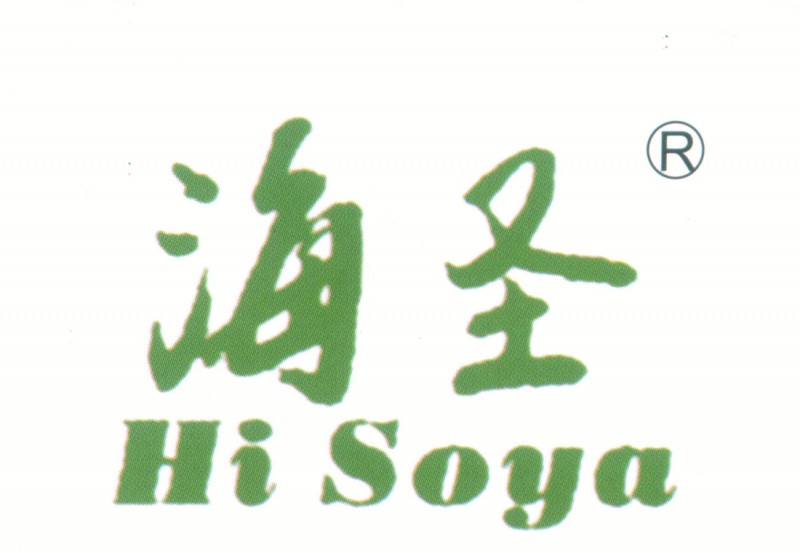Soy phospholipids (food grade)
The soy phospholipid series is derived from soybean oil feet using a new process and technology and is a very excellent emulsifier and nutraceutical (pharmaceutical) material. In the field of food processing, they can act as emulsifiers, speed solvents, release agents, antioxidants and dust inhibitors, etc.
Soy phospholipids in baked products
The addition of a certain amount of phospholipids to bread resulted in an elastic bread core and improved dough structure and stomata, with a corresponding increase in volume. And can also prolong preservation, keep products soft, and increase nutrient titers.
Additions: 0.5% ~ 1%
Application of soy phospholipids to ice cream shells
Phospholipids, as a natural demolder, are widely used in ice cream shell production manufacturing. Adding phospholipids to the ice cream shell effectively separated the product and mold rapidly, while also maintaining the shortening and crispness of the ice cream shell taste.
Additions: 3% ~ 5%
Soy phospholipids in margarine
The addition of phospholipids to margarine results in an even mixture of oil, milk, and water. And acting as a natural antioxidant, phospholipids prevent margarine rancidity and can extend margarine shelf-life while, at the same time, also reducing splash when frying food.
Additions: 0.5% ~ 1%
Application of soy phospholipids to macaroni and various types of noodles
The addition of phospholipids to macaroni and various types of noodles results in a reduction in the amount of eggs, but also makes the product less deformable when cooked, prevents soups mixing, and breaks. Phospholipids also prevent evaporation of the moisture of the noodles to maintain the softness of macaroni and various Chicken Spaghetti, are less prone to dry cracking, and also act as antioxidants.
Additions: 0.5% ~ 1%
Soy phospholipids in chocolate
Phospholipids are widely used in chocolate. The addition of an appropriate amount of phospholipid to chocolate accelerates the rate at which cocoa butter dissolves in sugars, allowing it to dissolve completely and disperse homogeneously in chocolate products. As in the confectionary industry, phospholipids can greatly reduce the viscosity of chocolate and facilitate its production.
Additions: 0.8% ~ 1%
Application of soy phospholipids to chewing gum
Soy phospholipids as a natural emulsifier, phospholipids are added to the gum mainly to soften the gum base.
Additions: 3% ~ 5%
1. Technical indicators
Item | Index |
Acetone Insoluble Content% | ≥62 | ≥60 |
Hexane insoluble% | ≤0.1 | ≤0.1 |
acid valuemgKOH/g | ≤30 | ≤30 |
Moisture % | ≤1.0 | ≤1.0 |
Color values | 9-17 |
Soybean phospholipid series products are extracted from soybean oil residue by new technology. It is a very excellent emulsifier and health food (drug) raw material.
It can be used as emulsifier, quick solvent, release agent, antioxidant and dustproof agent in the field of food processing.
Used in leather industry, it can reduce the time of softening leather, avoid product color deepening caused by sunlight, and maintain the softness, brightness and toughness of leather.
Soybean phospholipid has good emulsifying and dispersing power, and has good compatibility with ammonium nitrate. It can increase the strength of the interface adsorption film of the composite emulsifier, improve the stability of the emulsion, and effectively improve the performance of the explosive.
As a natural emulsifier and stabilizer, soybean phospholipid can enhance the dispersion of pigment, easily disperse titanium dioxide and various pigments evenly, prevent pigment precipitation, improve coverage and fluidity, and maintain the brightness of the product.












